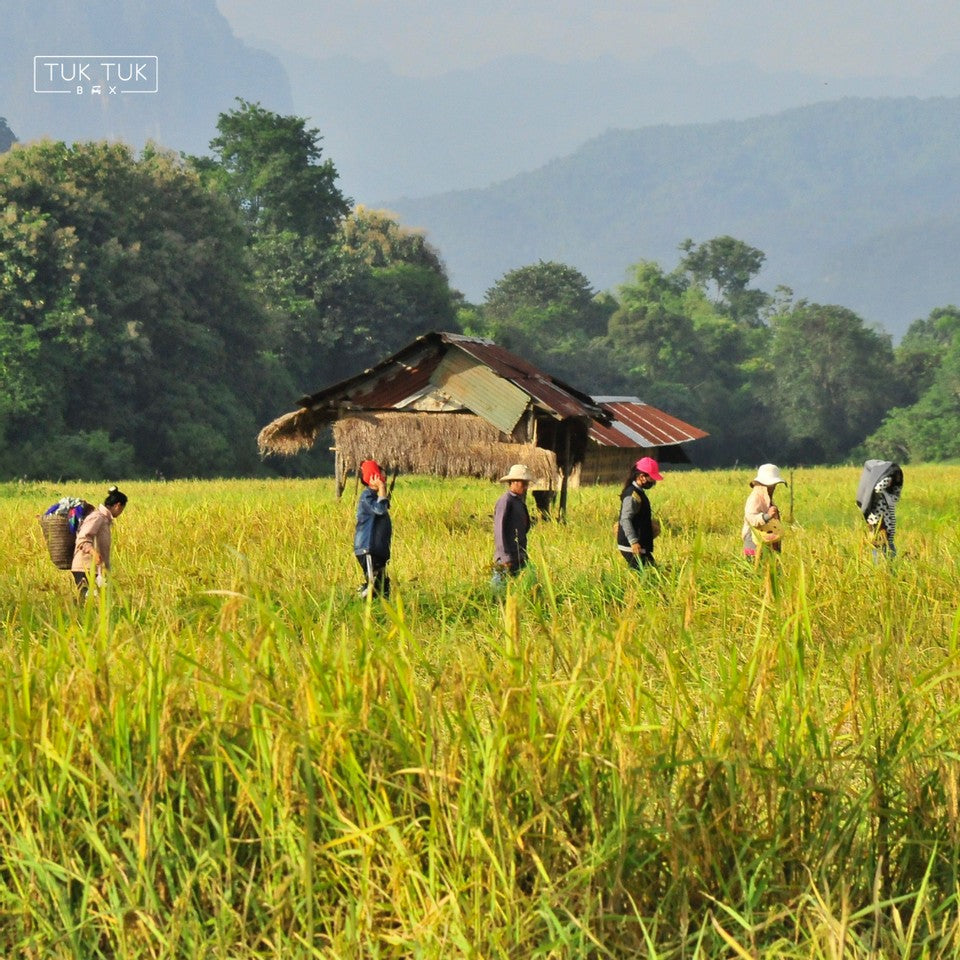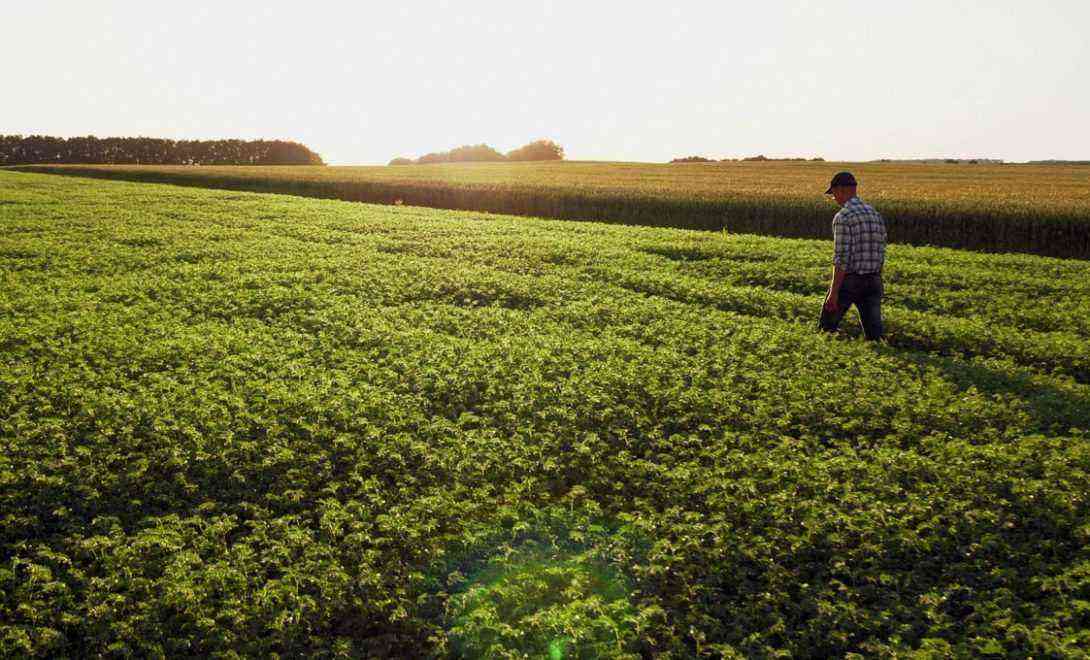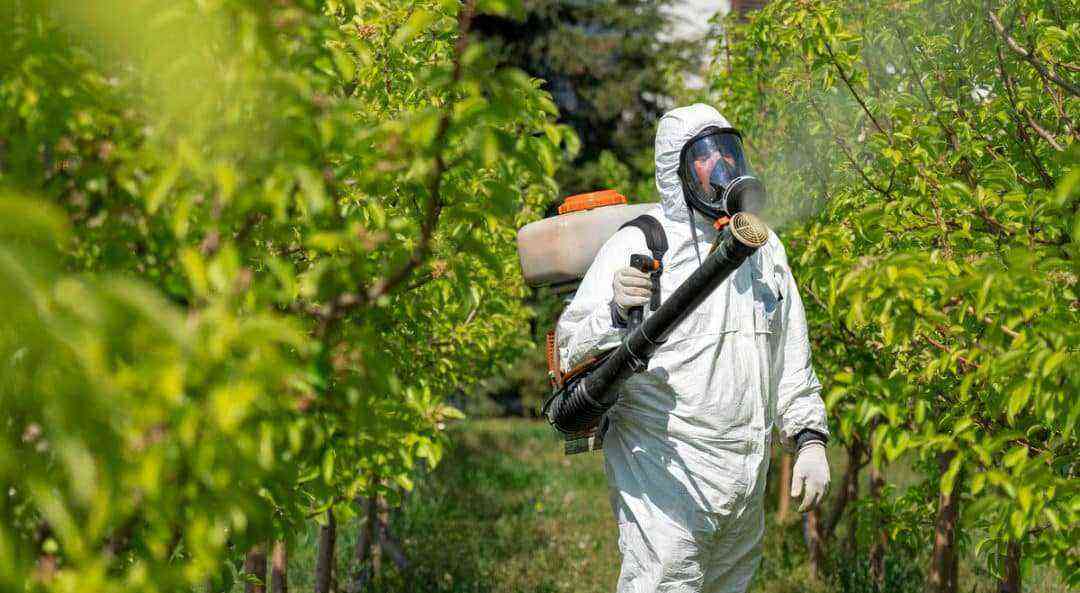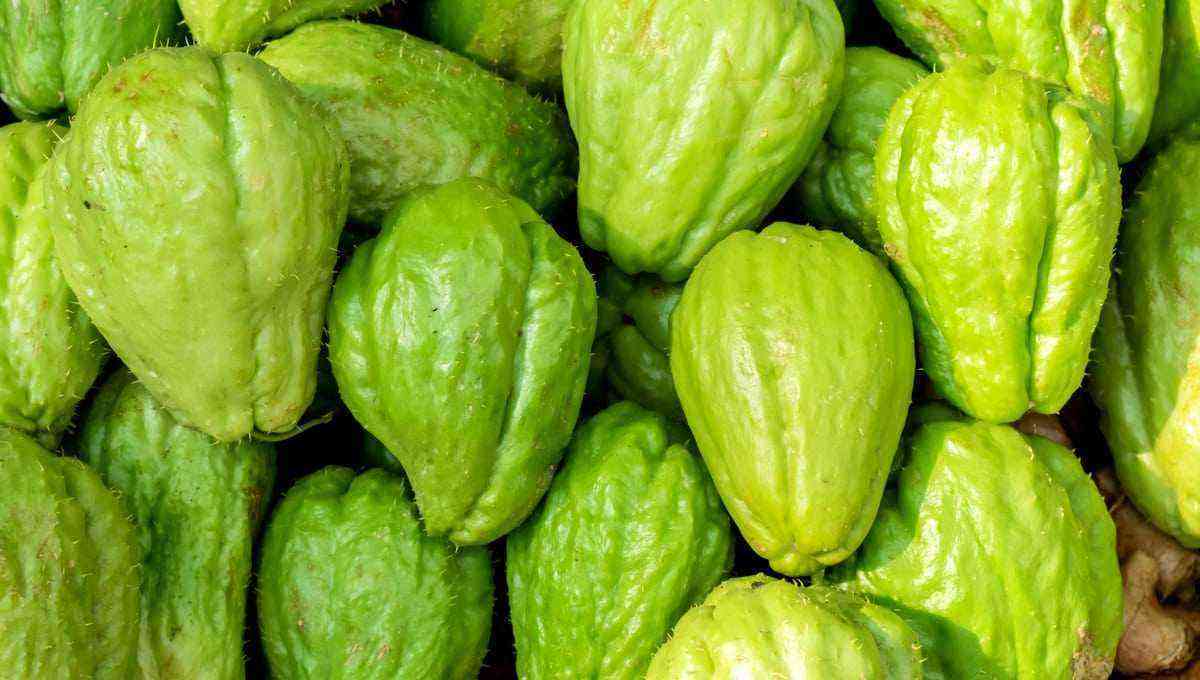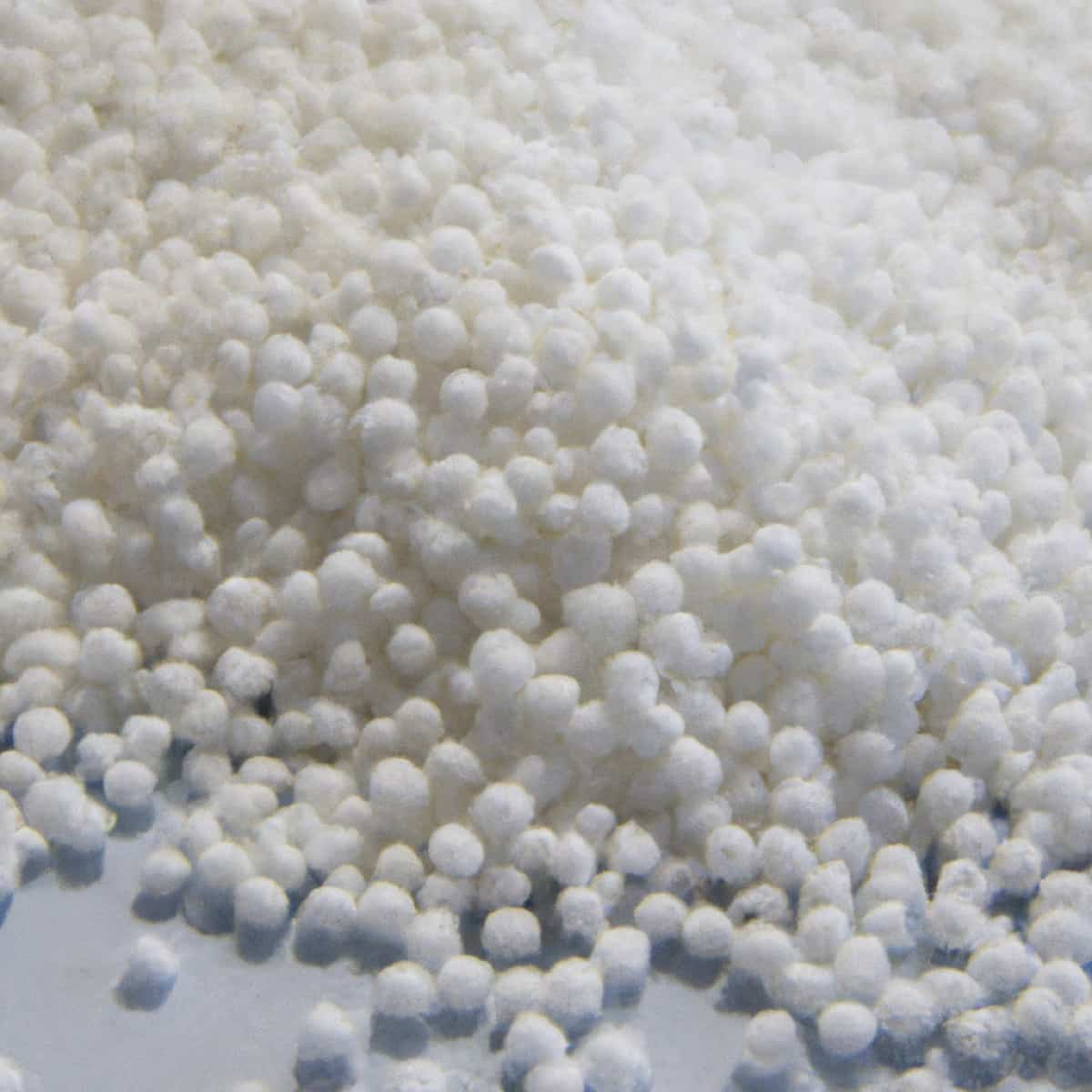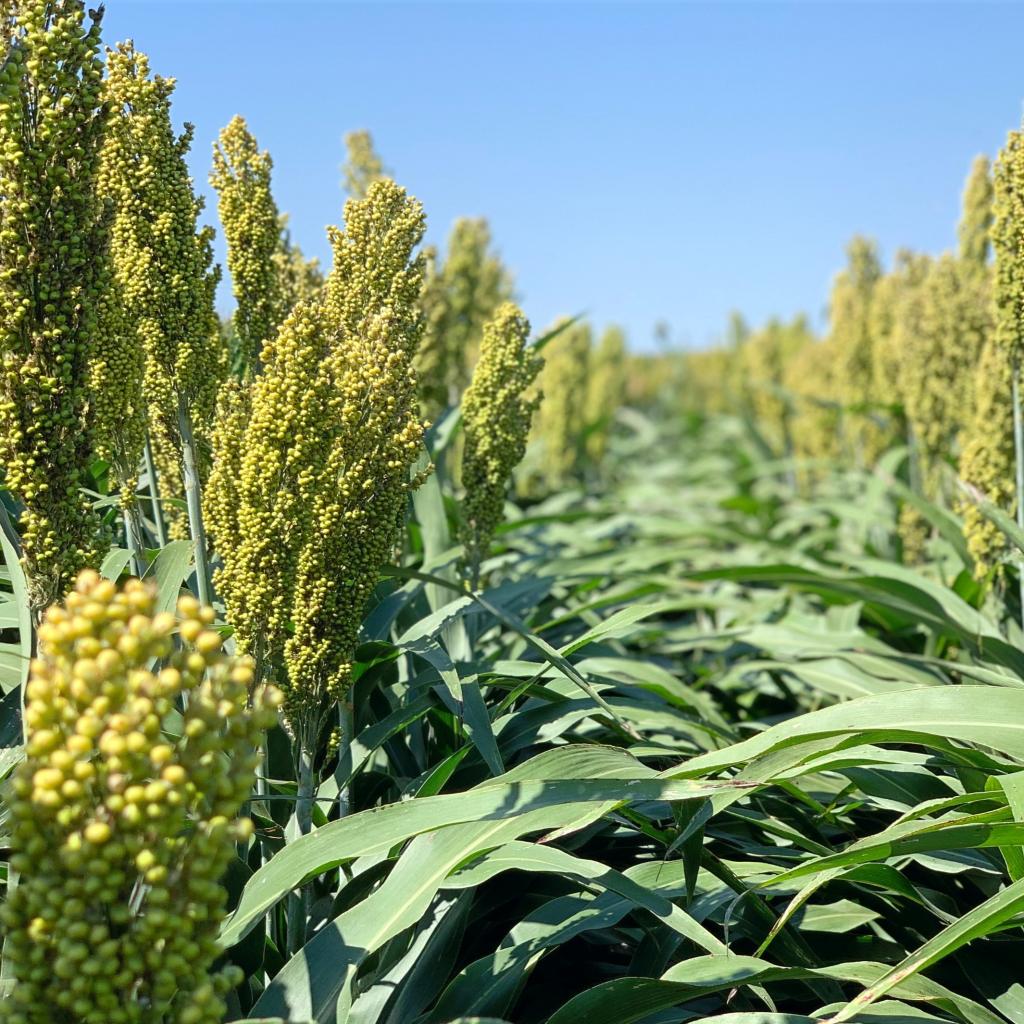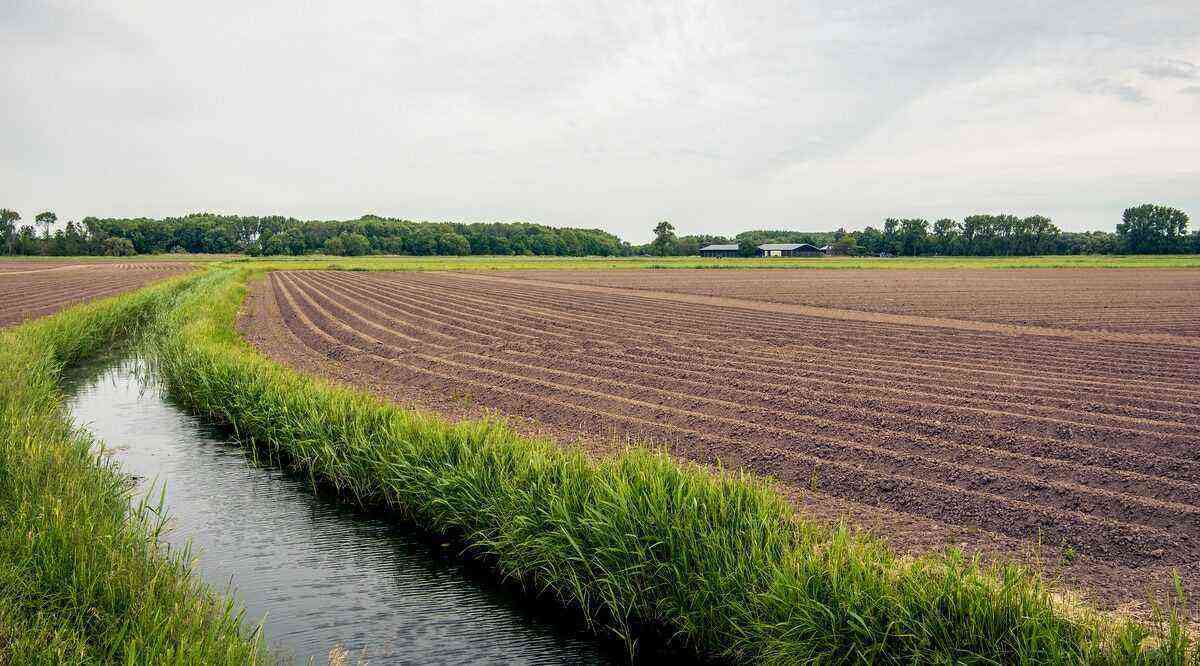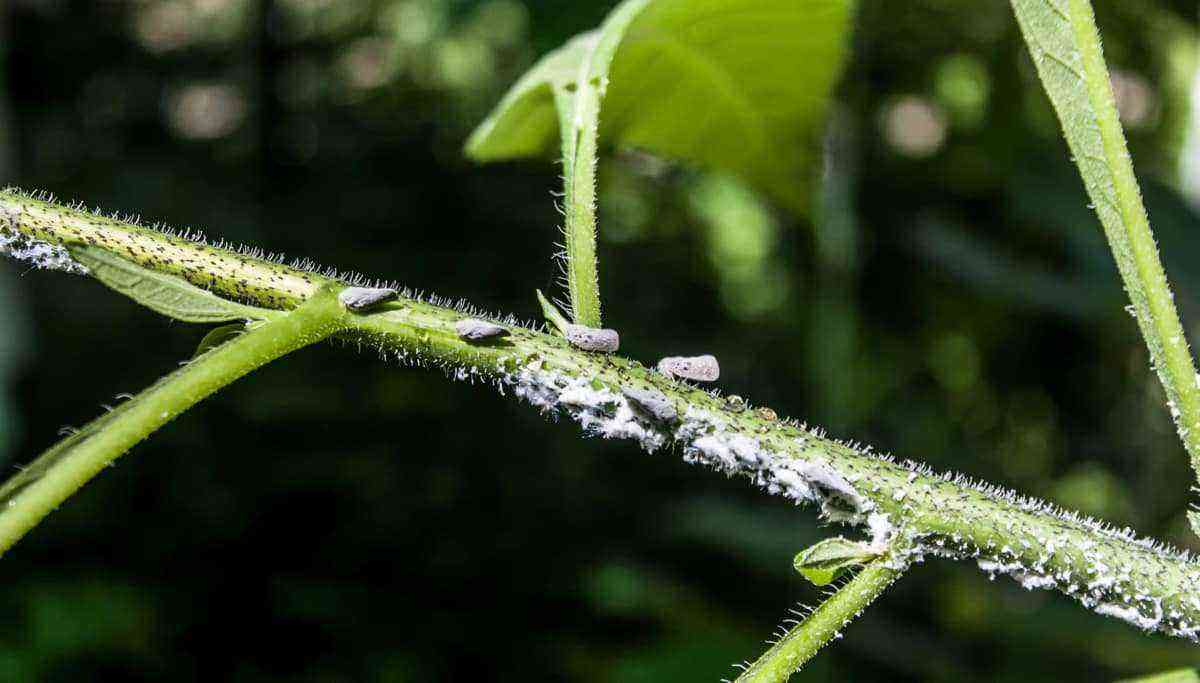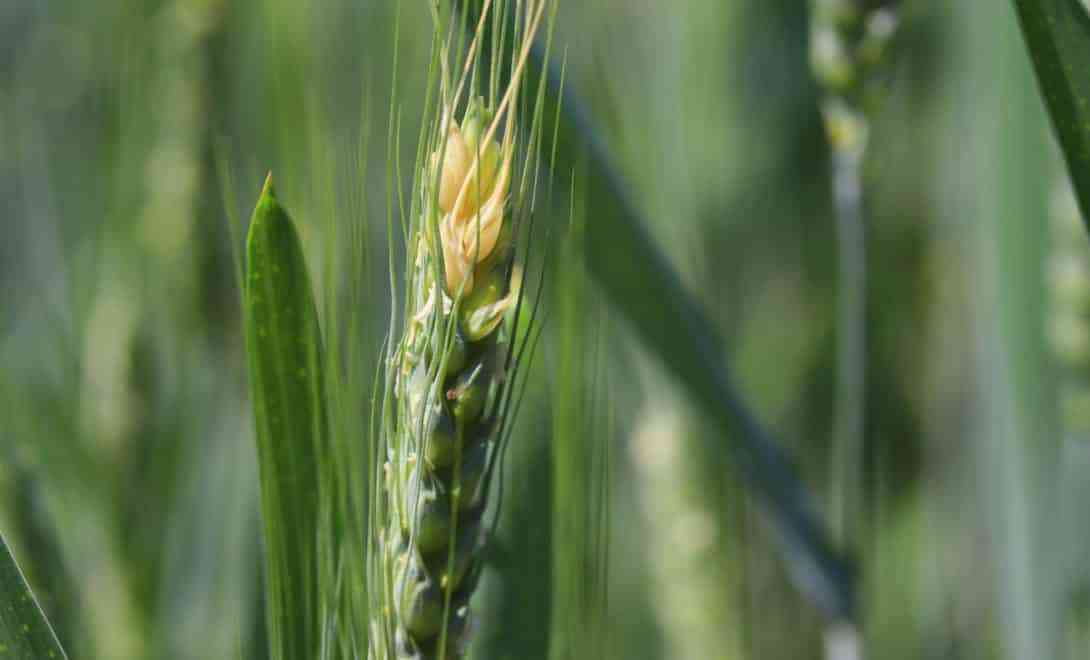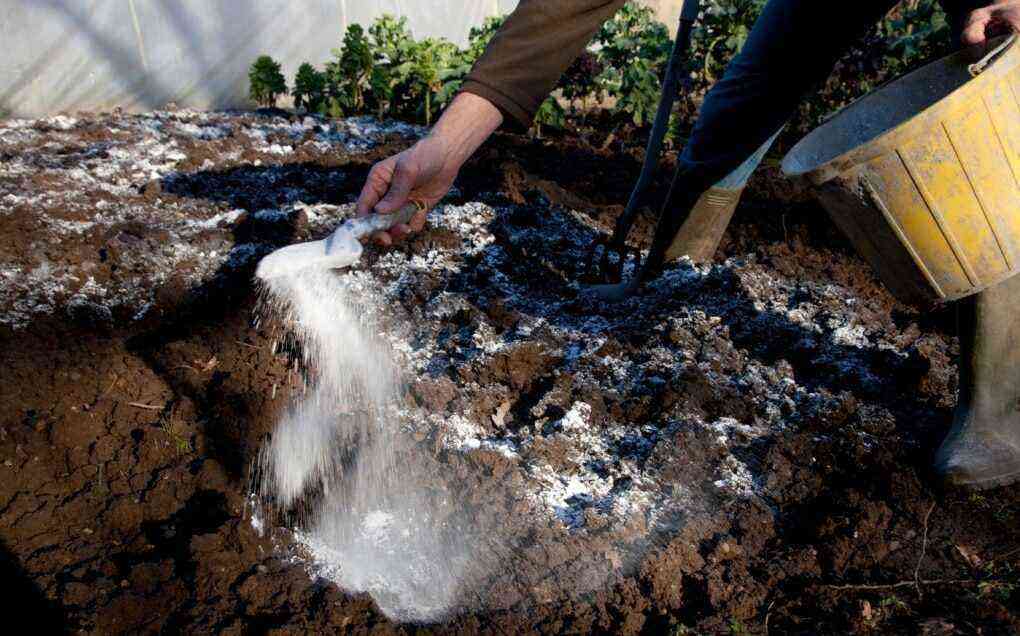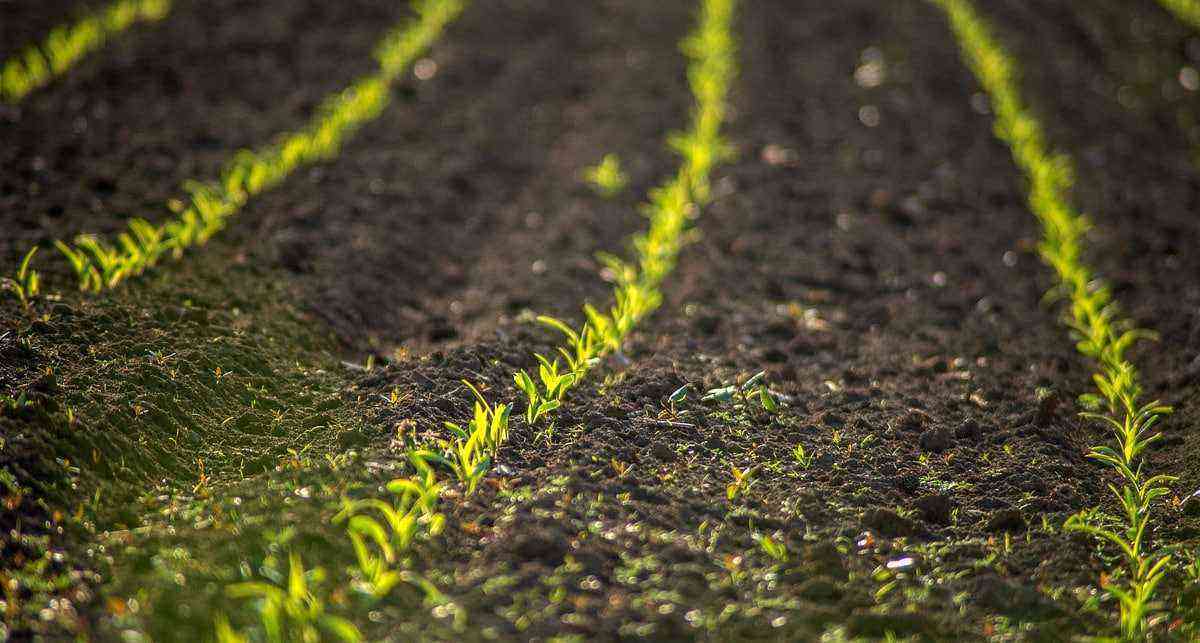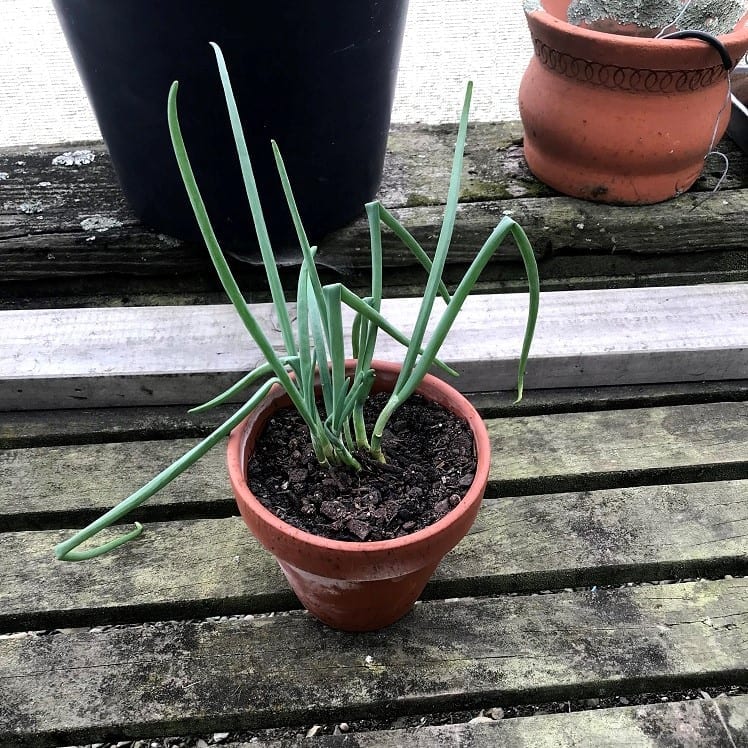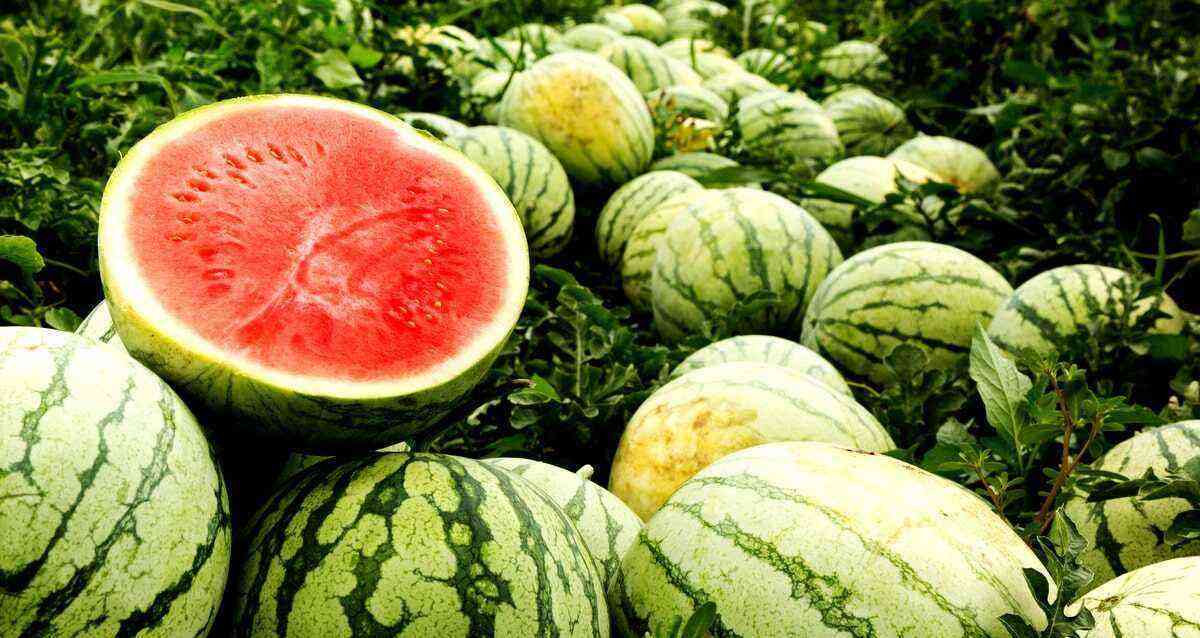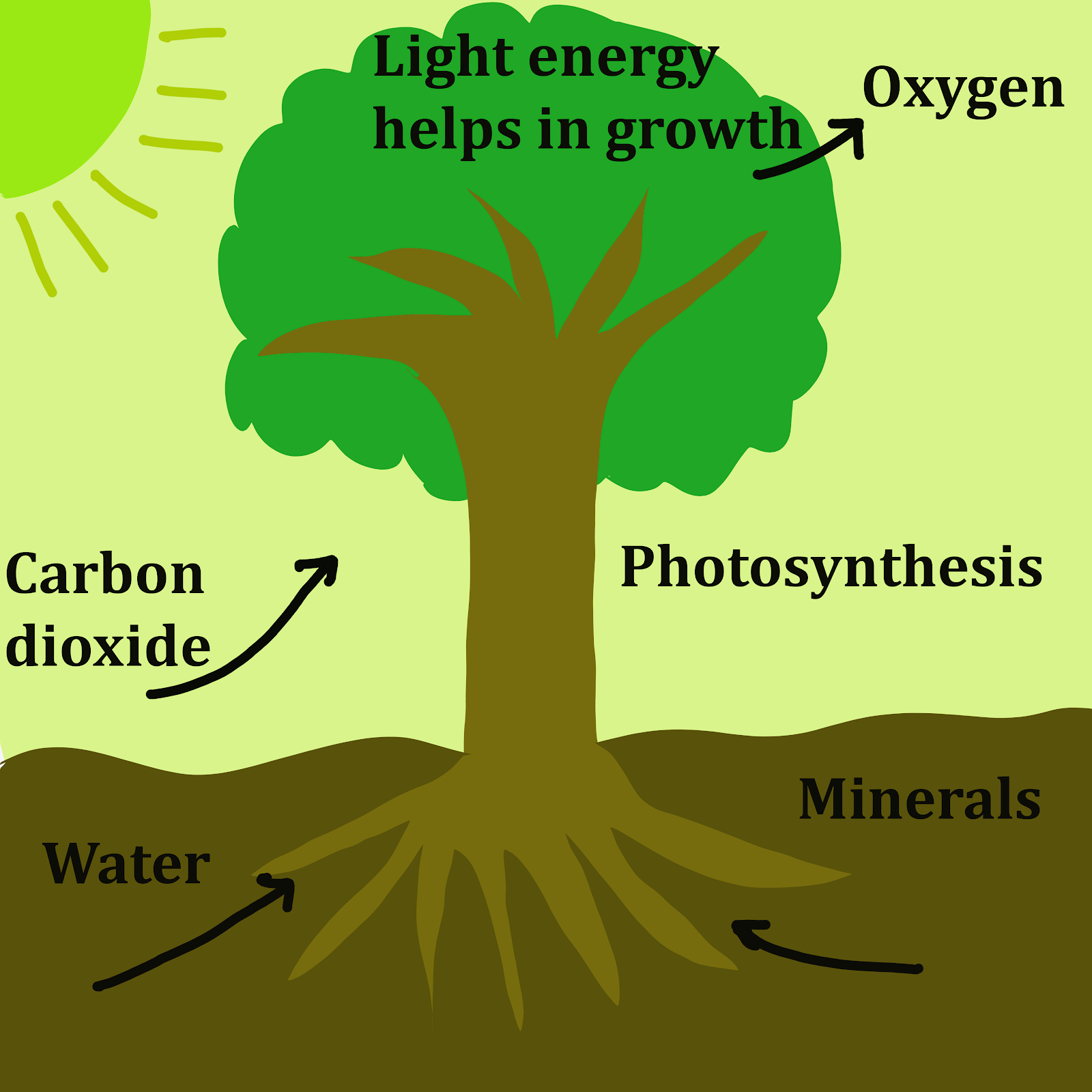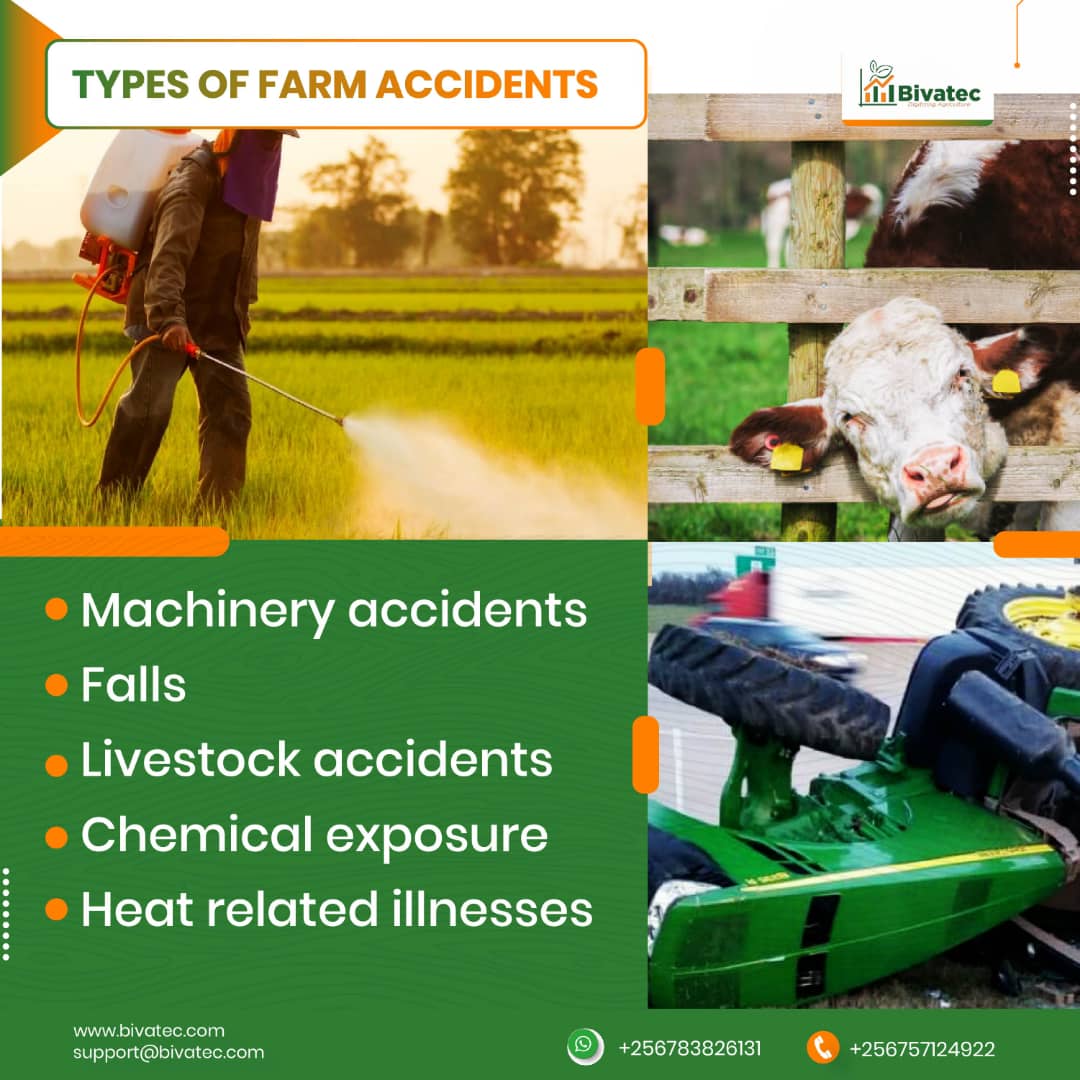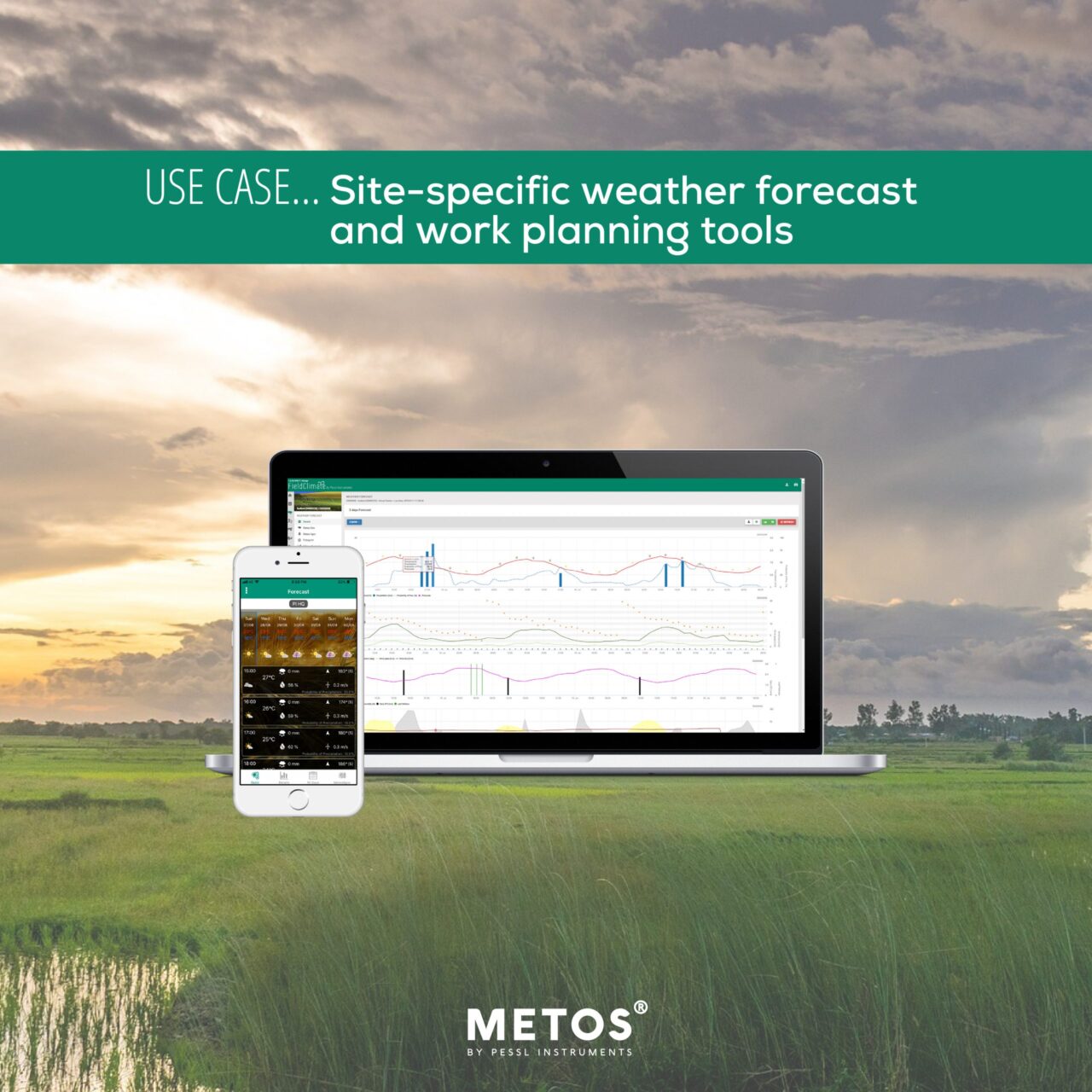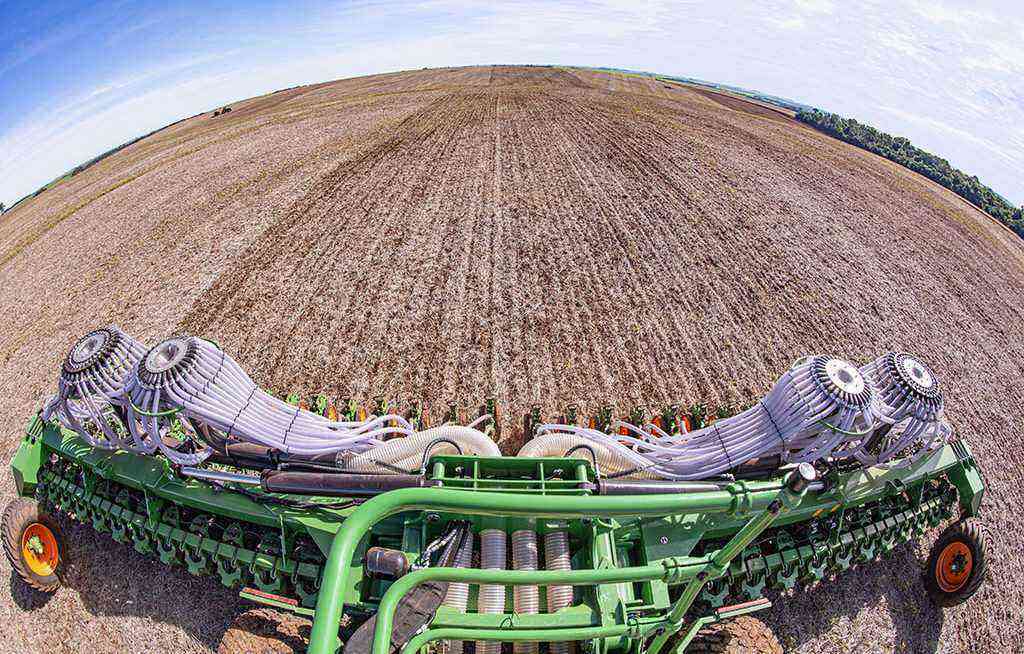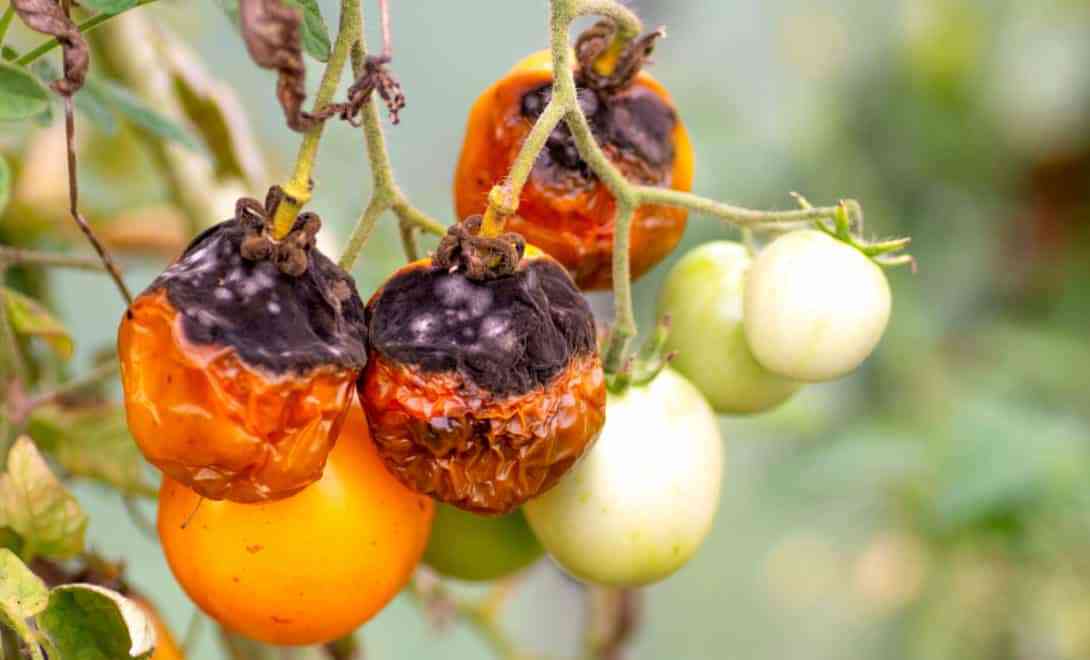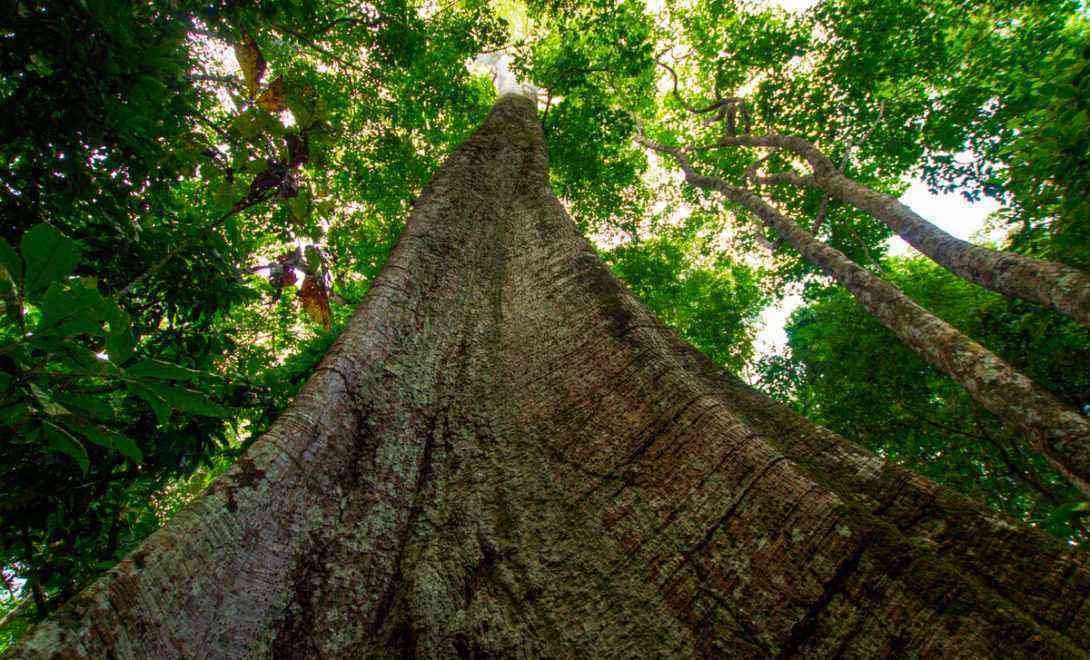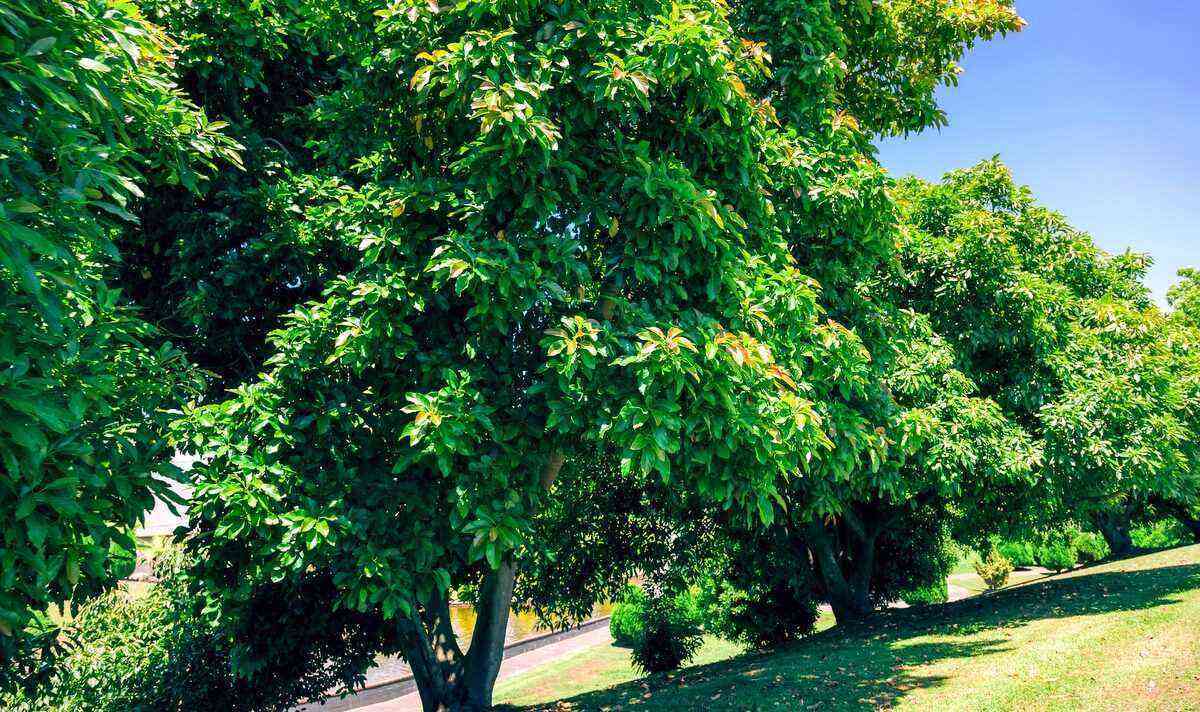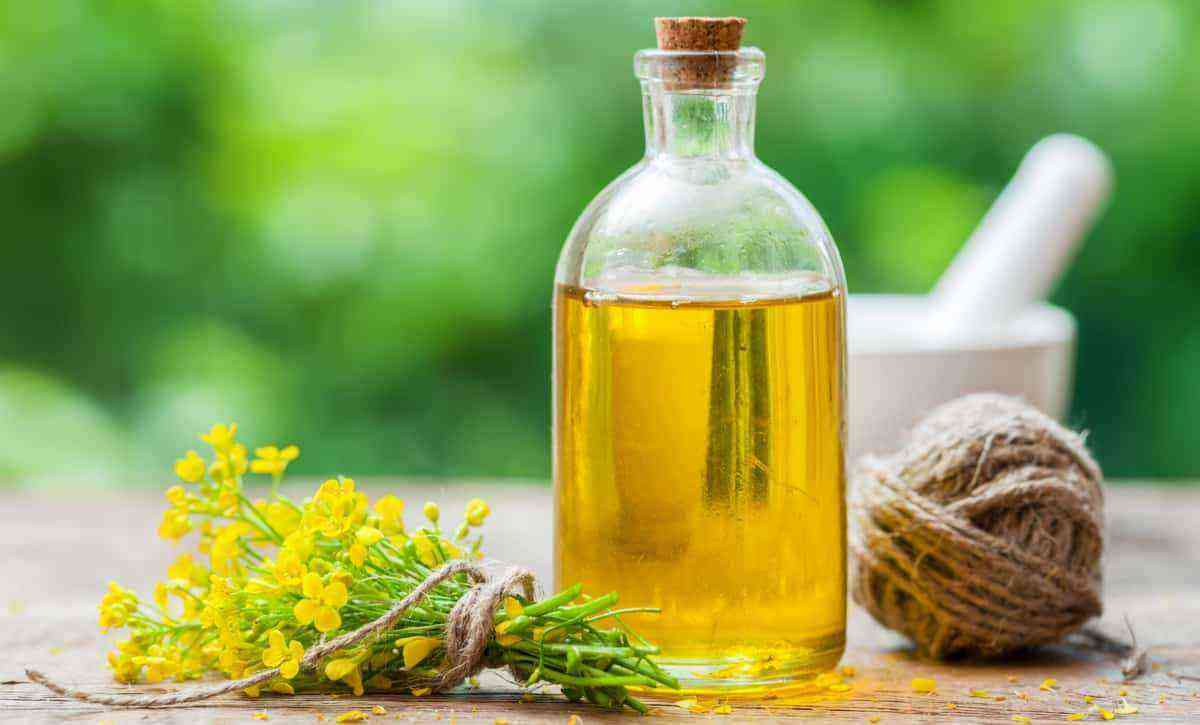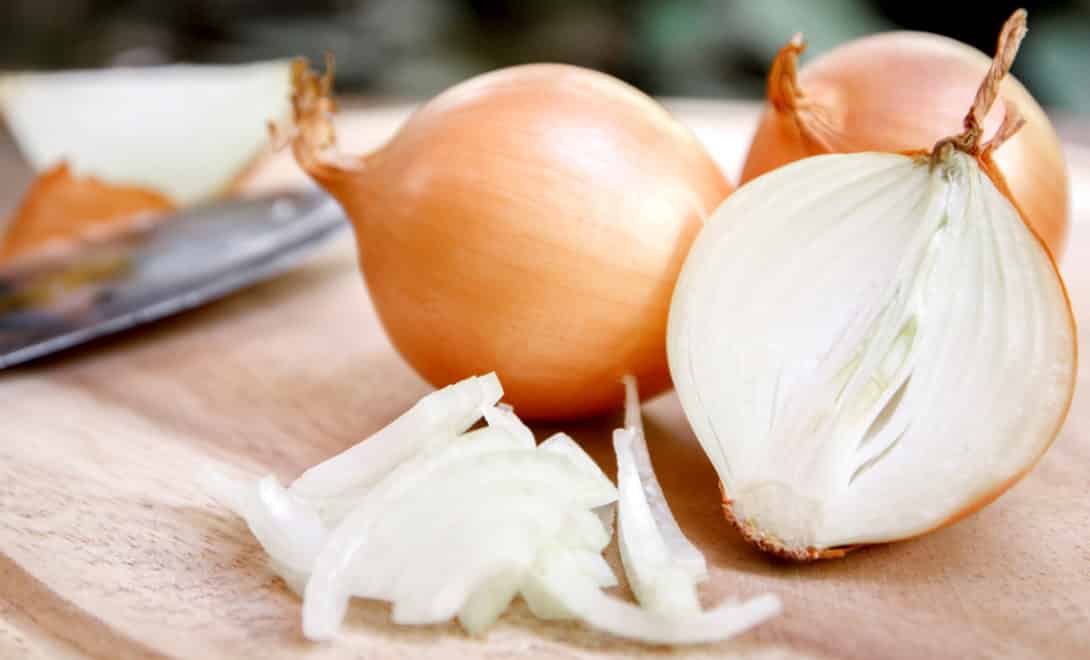Year after year, the second crop of corn has become a profitable and important activity. Despite the strength and production system with an estimated area of 8,13 million hectares in 2015, this type of crop is influenced by several factors: logistics, market, political instability, exchange rates, among others.
One of the main challenges encountered on farms whose dedication is redirected to the corn crop is the management of diseases affected by this crop.
There are several diseases present and affect different locations of the plant: foliar diseases, which reduce the photosynthetic rate, which attack the culm, the finish, which attack the ears and grains.
Each disease has its particularity and is directly linked to the interactions of the environment + pathogen + host triad.
Also read: Tomato diseases: find out more about them.

The initial step in combating these diseases is knowing that one cannot adopt a management strategy that globally meets all needs.
You should initially know how much you want to produce. Once this question is answered, the strategy that will be taken is defined, according to the size of the production.
Defining hybrids by exploring the combination of products that meet seeding, opening, middle and closing needs is essential. One must choose the right hybrid for the right hectare.
In the opening and half sowing windows, hybrids with greater genetic potential should be chosen. For the closure, the most rustic and tolerant to environmental stresses are recommended.
This difference must be respected in disease management, even if the same strategy is not always successful for all situations.
And it is necessary to pay attention to the most evident diseases in the planting region. The environment is the number one determining factor in the occurrence of possible diseases in corn.
In central Brazil, for example, there are different diseases related to altitude and local temperature. The incidence of white spot disease (Phaeosphaeria maydis) is seen in southwest Goiás, but not in the state of Mato Grosso, for example.
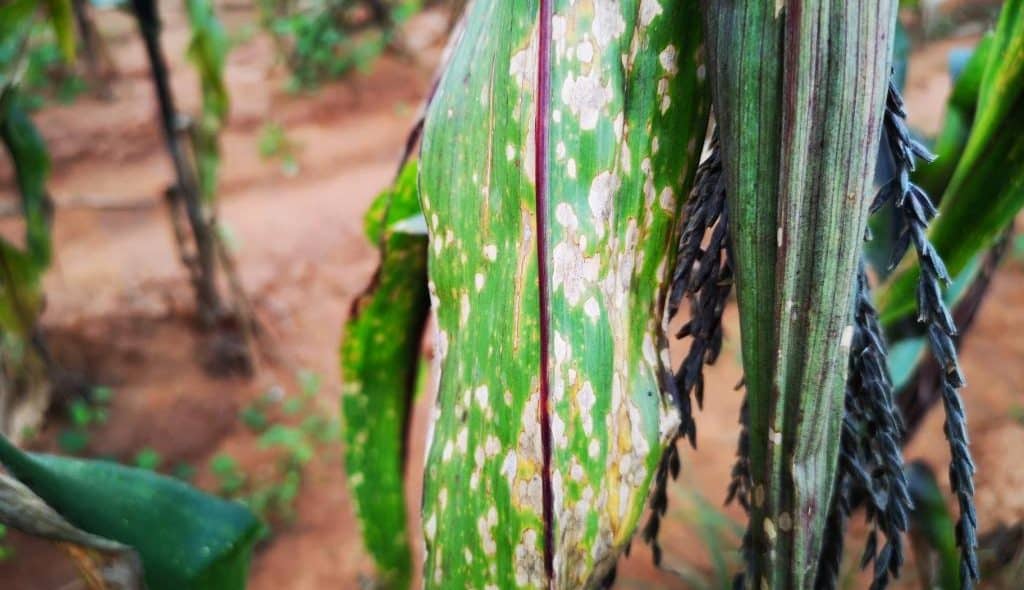
We must pay attention to the peculiarities of each micro-region so that the correct management is put into action, associating the use of tolerant hybrids and sowing times with chemical management.
To position hybrids in the planting window, the fundamental thing is to observe the interaction of the pathogen with the environment. This prevents the exposure of the hybrid from being favorable to the development of certain pathogens.
The chemical management of diseases has a direct influence on combating them. The application of fungicides in corn, for example, is recommended and has been increasingly widespread. From one to three applications, depending on the situation, the practice is quite common when the objective is the maximum productive potential.
Did you like the content? Take the opportunity to also learn about corn pests: check out the main ones and how they attack.
